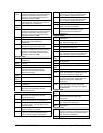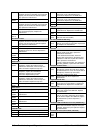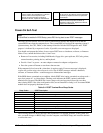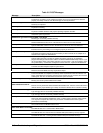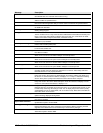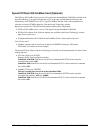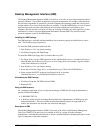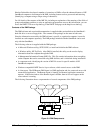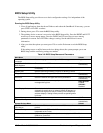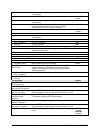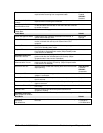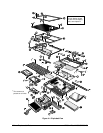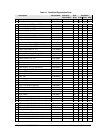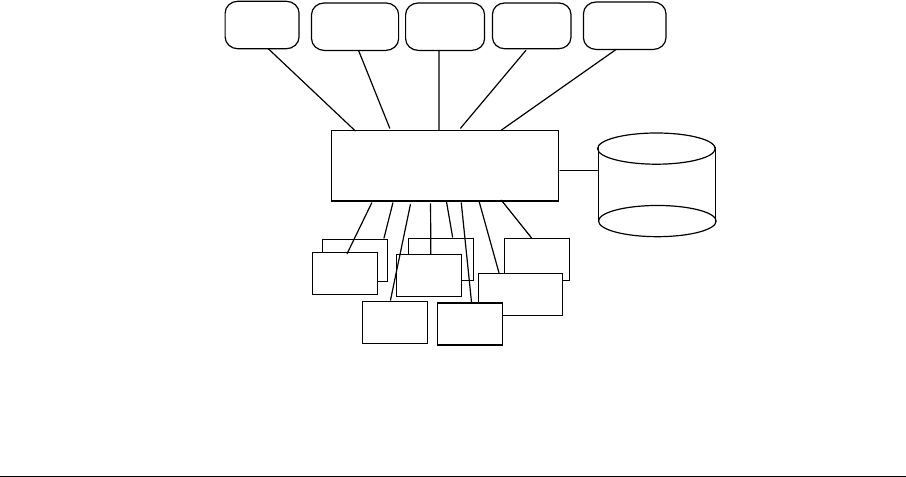
3-22 Troubleshooting and Diagnostics HP OmniBook 2100/3000/3100
Hewlett-Packard has developed a number of extensions to DMI to allow the enhanced features of HP
OmniBook computer to be managed with DMI, including features such as passwords and tattooing
(identifying a computer using a unique string of characters).
For full details of the structure of the MIF file, including an explanation of the meaning of the fields of
groups and attributes and how to write an application program that accesses this information, you can
access the DMTF FTP server ftp.dmtf.org or the DMTF web pages at the http://www.dmtf.org.
Contents of the DMI Package
The DMI software and associated documentation is supplied either preinstalled on the OmniBook’s
hard disk drive or on two floppy disks. The contents of the package are the same in both cases.
Since the information accessed by the DMI software is specific to a particular computer, it must be
installed on each computer separately. The DMI package included with the OmniBook can be used
only with the OmniBook.
The following software is supplied with the DMI package:
• A Microsoft Windows utility, SETUP.EXE, to install and initialize the DMI software.
• A Windows utility, HP TopTools. After DMI is installed, this utility can be used to display
information about the computer through the DMI.
• A Management Information Format (MIF) file. This file contains information about everything
on the computer that can be controlled using DMI facilities, and is initialized during installation.
• A component code, identifying the version of MIF file to use for specific models of HP
OmniBook computers.
• Windows-compatible DMTF Service Layer software, which controls access to the DMI.
• A client agent. The HP Remote DMI Agent is a DMI application and also a network server-side
stream-based application. The Remote Agent is listening for Remote Application connection
requests. If the main window of the Remote Agent is hidden, then no icon will appear on the
screen when it is running.
The following illustration shows a representation of several components of the DMI package.
Figure 3-4. DMI Components




